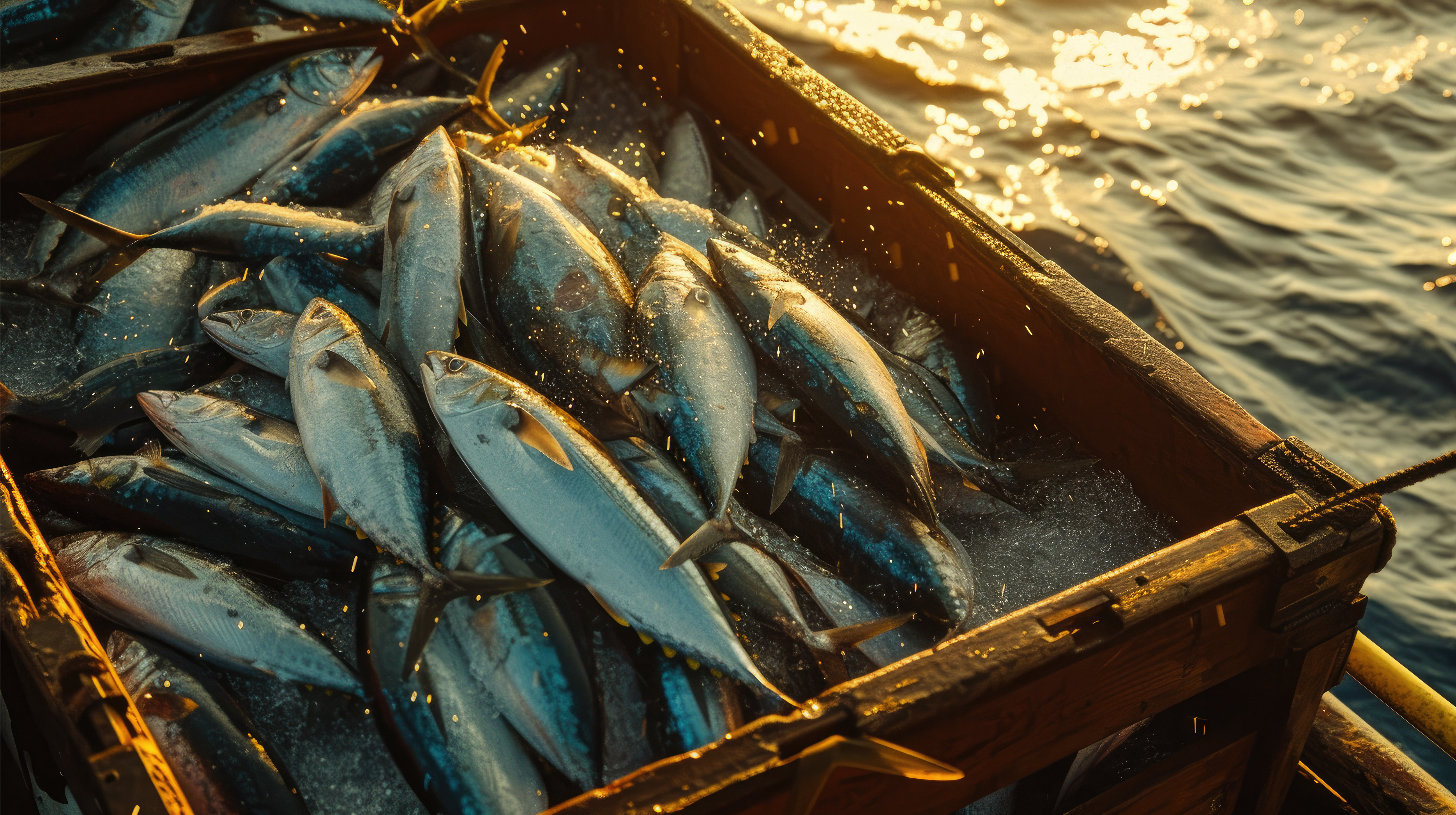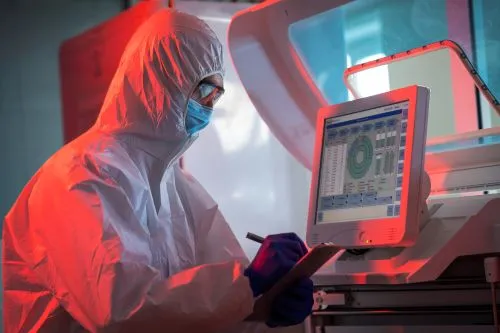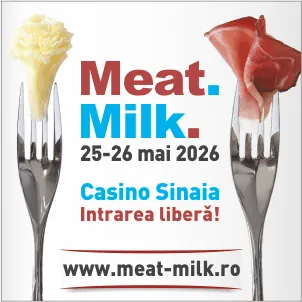2393

Fish Farms in Romania: Potential, Challenges, and Development Opportunities
Fish farms in Romania represent a sector with significant potential in the country’s fish production, with over 100,000 hectares of water surface arranged for aquaculture. However, according to data from the National Institute of Statistics (INS), in 2024 total fish production amounted to approximately 12,500 tonnes—well below the estimated potential of over 25,000 tonnes per year.
Current Issues of Fish Farms
The low yield of fish production in Romania is rooted in structural and economic factors:
- Outdated aquaculture infrastructure – many facilities have remained at the technological level prior to 1990.
- Underused technologies – few farms apply recirculating aquaculture systems (RAS) or automated water quality monitoring equipment.
- Limited financing – only 9% of fish farms accessed European funds between 2021 and 2024, mainly through the Operational Programme for Fisheries and Maritime Affairs (POPAM).
Economic Impact and Import Competition
Production costs for farmed fish have risen by over 20% in the past two years, mainly due to higher feed and energy prices. At the same time, imports of salmon, gilt-head bream, and farmed trout from the EU are putting pressure on domestic prices, reducing the competitiveness of local fish farms.
Without investment in modernization and processing, Romania remains dependent on imports of processed fish and underutilizes its domestic production.
Solutions for Increasing Fish Production
To boost fish production in Romania and improve sector competitiveness, the following are needed:
- Modernization of fish farms and alignment with European standards.
- Implementation of RAS technologies and smart water monitoring systems.
- Selective breeding programs for native species with strong market demand (carp, European catfish, indigenous trout).
- Integration into processing and distribution chains to increase the added value of production.
- Digitalization of fish farms through ERP solutions adapted to aquaculture.
European Context
Average fish production per utilized water surface is 40–60% higher in EU states compared to Romania, due to investments in modern technologies and easier access to financing. Examples such as Poland and Hungary show that modernized fish farms can double production and increase exports by combining traditional methods with RAS systems.
Conclusion
Fish farms in Romania hold major strategic potential for national food security and the food industry. Investments in infrastructure, genetics, digitalization, and processing could transform this sector into a competitive pillar of European aquaculture and reduce dependency on fish imports.
(Photo: Freepik)




